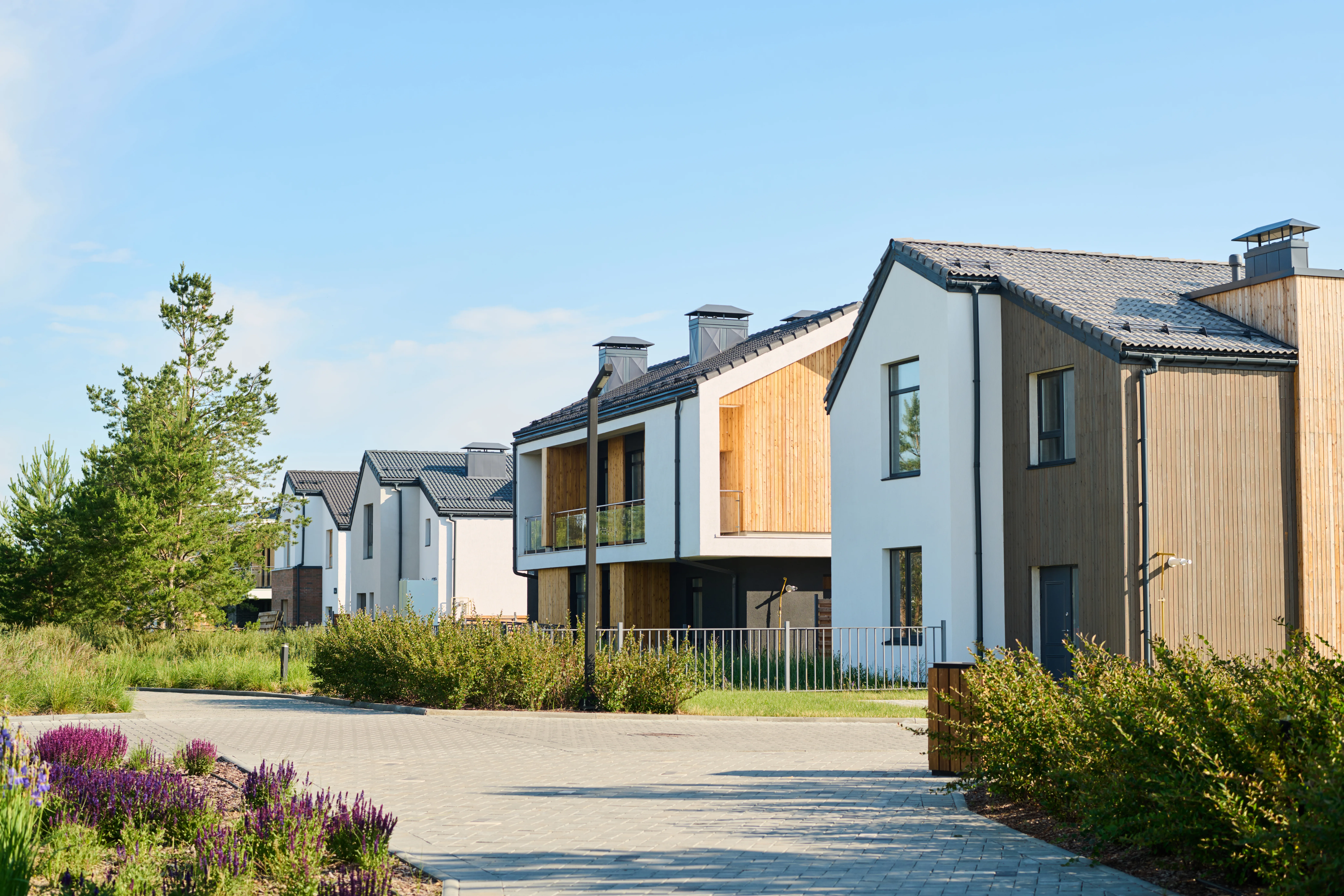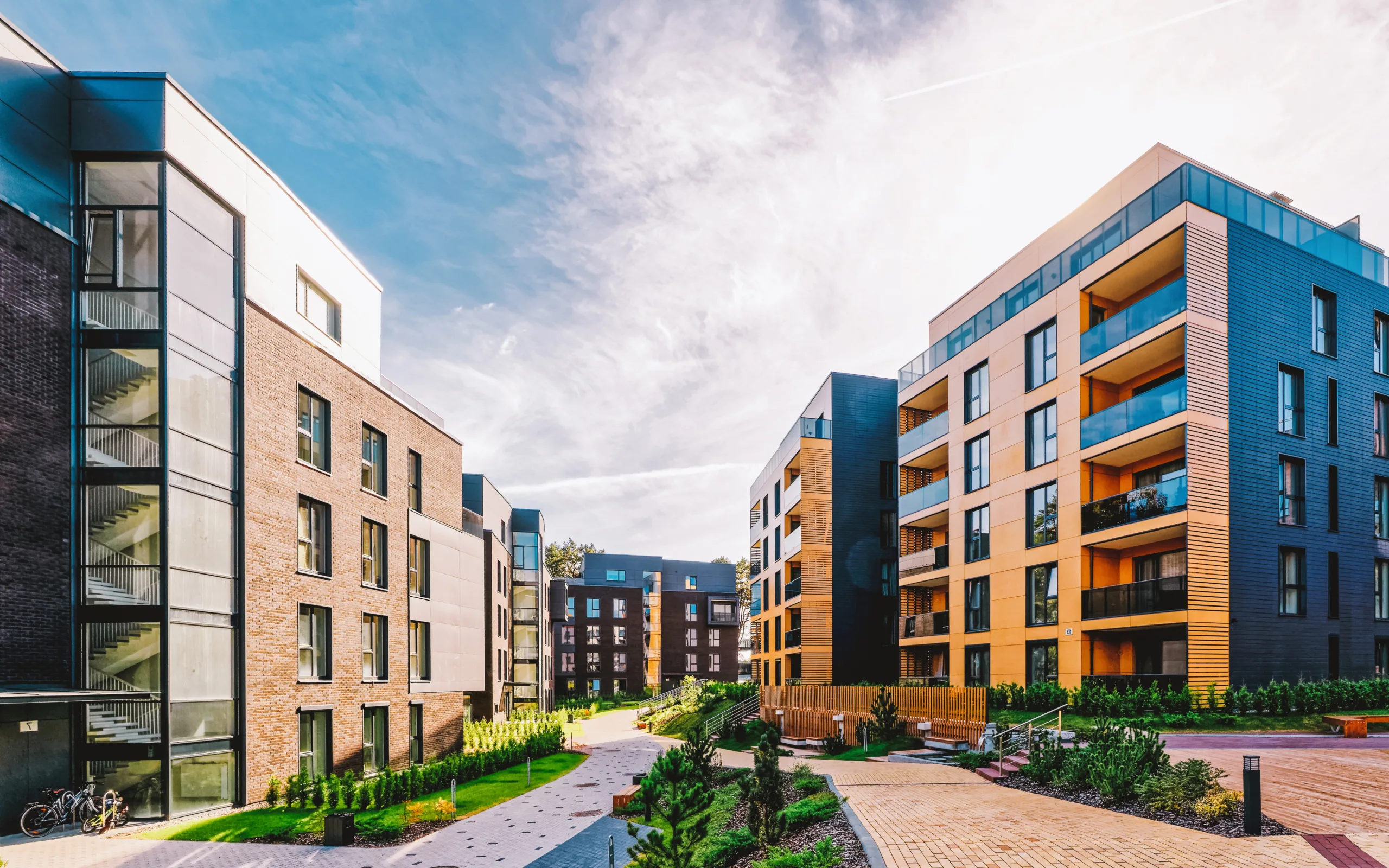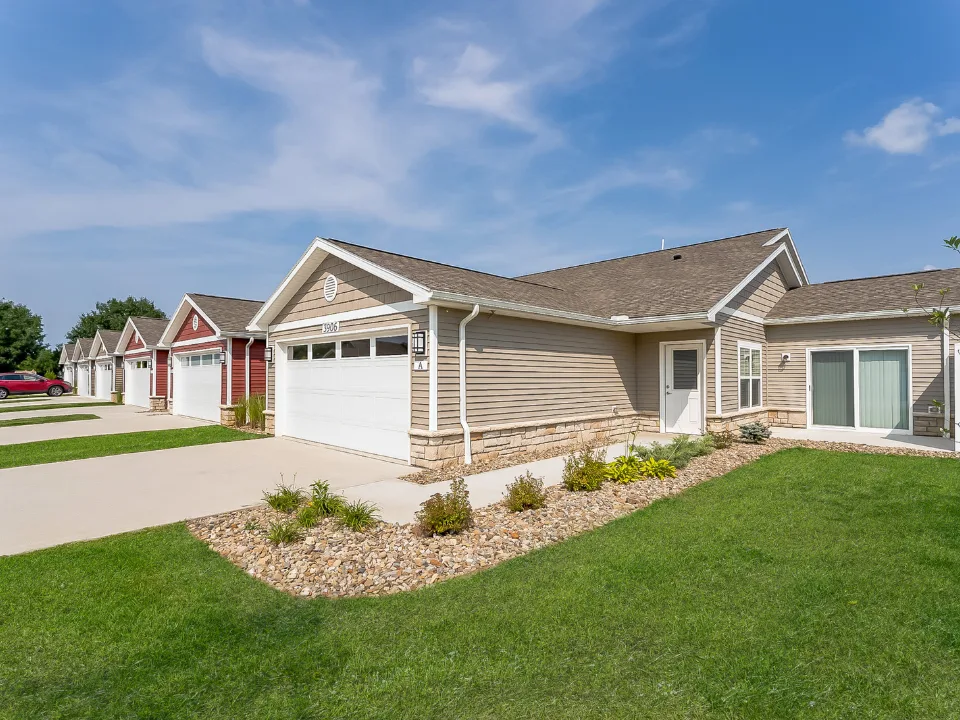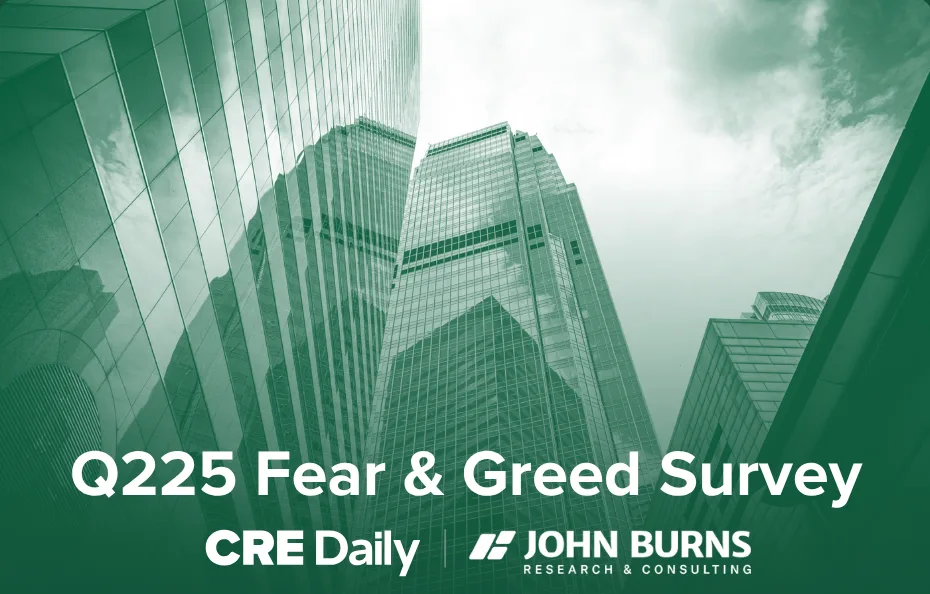- Manufactured housing is seeing strong investor demand due to low delinquency rates, steady occupancy, and affordability, positioning it as a defensive CRE asset.
- Cap rate compression over the past decade signals increasing investor confidence and valuation parity with multifamily.
- Institutional ownership remains low, posing scale challenges despite the sector’s strong fundamentals and long-term income stability.
Steady Growth, Strong Demand
Once on the margins of commercial real estate, manufactured housing is now firmly in the spotlight. The US has approximately 7.4M manufactured housing units, reports GlobeSt. That accounts for about 5% of the nation’s total housing stock. Demand for these units shows no signs of slowing. In 2024, production hit 103K units, doubling levels from a decade ago. Despite the added supply, national vacancy rates remain low at 5.2%.
Affordability Advantage
The primary draw? Affordability. At an average price of $165K for roughly 1,392 SF, manufactured homes offer a compelling alternative to the $410,800 median price of a single-family home. Migration to the Sun Belt, an aging population, and a growing affordability crisis have only fueled demand. The semi-permanent nature of manufactured homes also gives landlords longer-term tenant stability, translating into consistent cash flow.
Get Smarter about what matters in CRE
Stay ahead of trends in commercial real estate with CRE Daily – the free newsletter delivering everything you need to start your day in just 5-minutes
Investment Metrics Improving
Manufactured housing has also caught investor attention for its solid returns. Cap rates have steadily compressed: from 8.41% in 2015 to just 5.13% in 2025. Multifamily cap rates, by comparison, sit at 5.67%, with the narrowing spread suggesting growing valuation parity. Regionally, cap rates range from 6.07% in the East South Central region to 4.74% in the Mountain region.
Outshining In Credit Performance
The sector also leads in credit metrics. As of July 2025, manufactured housing reported a delinquency rate of just 1.39%, far outperforming office (10.99%), retail and lodging (6.66%), and even multifamily (6.19%). Trepp notes that the asset class remained stable through the volatility of 2020–2022, unlike many other CRE segments.
Scaling Remains A Challenge
Despite strong fundamentals, institutional ownership is limited—only 20% of communities are institutionally held. The average deal size ($5.3M) is significantly smaller than multifamily’s $13.6M average, making portfolio scale more difficult for larger investors.
Why It Matters
Manufactured housing has evolved from a niche alternative into a core defensive allocation within CRE portfolios. Its low volatility, affordability, and reliable performance make it a standout in a market still finding its post-pandemic footing.
What’s Next
As institutional capital continues to search for resilient, income-producing assets, manufactured housing is likely to see more attention—particularly in high-growth, affordability-constrained regions. With limited large-scale players, early movers may still find attractive entry points in a maturing asset class.

















